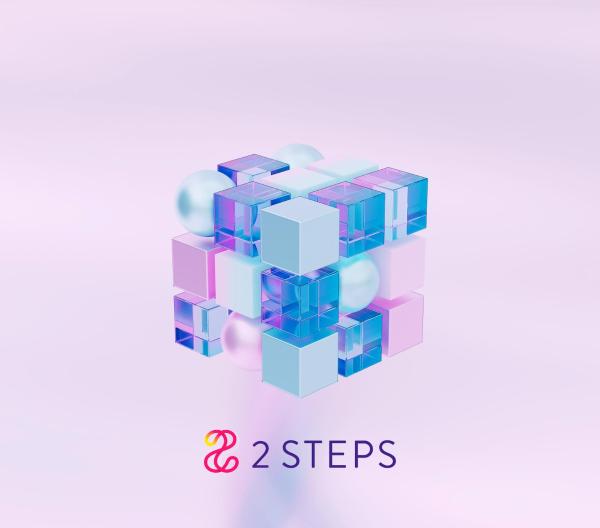Modern Observability and Digital Transformation
For most businesses, effective digital transformation is a key strategic objective, and as computing infrastructure grows in complexity, end-to-end observability has never been more important to this cause.
However, the amount of data and dynamic technologies required to keep up with demand only continues to increase, and current tools are not equipped to handle it— with any discrepancies resulting in rising costs and reduced competitiveness.
So as a solution architect, how do you integrate observability into the solution architecture framework as businesses continue to launch new apps and end-user experiences? Let us explain below.
Benefits of Digital Transformation and Synthetic Monitoring
There’s no question digitally mature businesses reaped the benefits of digital transformation when the pandemic struck. These organisations were able to make quick adjustments to operate with minimal interruptions.
And now, post-Covid, digital transformation continues to benefit various aspects of business such as customer experience, productivity, innovation, agility, business models, and collaboration. There's also increased transparency and better customer attraction and retention.
Which brings us to observability - an important cog in the wheel of digital transformation, and a bridge into data management approaches, which empower the organisation through insights from big data analysis. Essentially, it’s an enabler of the various technology tools and systems that help make sense of the data.
However, because modern cloud computing environments are creating massive data volumes, these often overwhelm current observability tools making it harder to extract critical insights from the data.
Creating a culture of observability
Observability is not only about the logs, metrics, and traces but also involves understanding the system's internal state. It provides a holistic understanding of the internal state of all the applications, systems, and infrastructure that requires leveraging external data, and making it a practice.
Which is why a solution architect should oversee the establishment of synthetic monitoring into the organisation's culture, in order to maximise the benefits from the digital transformation.
And teams should be ready to monitor all data sources - not just the systems. It's about understanding the outcomes, both the how and the why, and the traces, logs, and metrics collected should help with the analysis. And lastly, the correlation necessary to understand the why of the system - tying it into incident management.
Observability should be the epitome of incidence response to solve problems and data democracy -and everyone involved in performance management and optimisation should have access to observability tools and data.
What to look for? The metrics that matter
Monitoring distributed systems and big data is complex, but the correct metrics are helpful - prompting various countermeasures when things go wrong.
As an example, Google's software reliability engineers (SREs) pioneered a set of signals to track end-user experiences consistently. These are the golden signals, and they include the following:
- Traffic: the demand on the system can be averaged over time, when taking trends into account. Upticks can be explained by specific events such as the market closing at the end of the day. As such, averages over time may be vital to detect problems.
- Latency: the metric is the time between receiving a request and sending a response. The metric is looked at over a period visualised through a histogram.
- Errors: teams can use the total errors received and the percentage of failed requests compared with other services to know something is wrong.
- Saturation: the saturation point is where the memory, network, or system experiences a higher demand than the performance limit. You can get the saturation point through load testing. Tracking saturation identifies cropping issues, and the teams can nip them before they become significant problems.
Applying observability across VDI - the challenge of hybrid cloud computing
The increasing complexity of digital environments, including virtual desktops, demands end-user experience monitoring. This is because full-end visibility of the whole service delivery chain is vital for the optimal end-user experience.
However, the challenge comes in the form of modern hybrid cloud computing applications and thousands of metrics, with the translation processes of complex data and lack of API integration making it difficult. So modern observability and monitoring should be sufficiently simple for the team to understand and execute tasks quickly and confidently.
Conclusion
In the modern business space, the need for digital maturation, which includes effective observability, is critical for survival. Ensure your organisation leverages digital transformation's benefits, including effective observability that improves collaborations, reduces noise from incidents, acquires relevant context, and automates remedial actions.
Want to know how you can automate your end-to-end observability with 2 Steps? Book a demo today.

